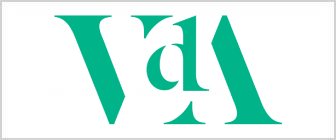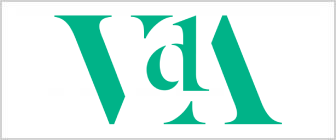On 11 September 2018 came into force the new Basic Regulation – Regulation (EU) 2018/1139 of the European Parliament and of the Council of 4 July 2018 on common rules in the field of civil aviation and establishing a European Union Aviation Safety Agency (“New Basic Regulation”) – that repealed the former Basic Regulation (Regulation 216/2008 of the European Parliament and of the Council).
Although the principal objective of the statute remained fairly the same - to establish and maintain a high uniform level of civil aviation safety in the Union - the New Basic Regulation has brought a set of new/amended rules. Below are some examples of such rules.
1. Unmanned Aircraft – Essential requirements for design, production, maintenance and operation of unmanned aircraft (regardless of their operating mass), and their engines, propellers, parts, non-installed equipment and equipment to control them remotely, as well as the personnel, including remote pilots, and organisations involved in those activities are provided for in the New Basic Regulation. Moreover, the Commission is empowered to adopt implementing acts laying down detailed provisions concerning various matters as follows:
a) the specific rules and procedures for the operation of unmanned aircraft as well as for the personnel, including remote pilots, and organisations involved in those operations;
b) the rules and procedures for issuing, maintaining, amending, limiting, suspending, or revoking the certificates, or for making declarations, for the operation of unmanned aircraft as well as for personnel, including remote pilots, and organisations involved in those activities, and for the situations in which such certificates or declarations are to be required;
c) the privileges and responsibilities of the holders of certificates and of natural and legal persons making declarations;
d) the rules and procedures for the registration and marking of unmanned aircraft and for the registration of operators of unmanned aircraft;
e) the rules and procedures for establishing digital, interoperable, harmonised, national registration systems; and
f) the rules and procedures for the conversion of national certificates into the certificates required under the New Base Regulation.
2. Principles for measures under the New Basic Regulation – General principles to be taken into account by the Commission, the Agency and the Members States are provided for. These entities are required to, inter alia:
a) reflect the state of the art and best practices in the field of aviation, and take into account worldwide aviation experience and scientific and technical progress in the respective fields;
b) build on the best available evidence and analysis; and
c) allow for immediate reaction to established causes of accidents, serious incidents and intentional security breaches.
3. Exemption of certain categories of aircraft – Member States are allowed to exempt from the New Basic Regulation the design, production, maintenance and operation activities in respect certain categories of aircraft, such as aeroplanes, other than unmanned aeroplanes, which have no more than two seats, measurable stall speed or minimum steady flight speed in landing configuration not exceeding 45 knots calibrated air speed and a maximum take-off mass (MTOM), as recorded by the Member State, of no more than 600 kg for aeroplanes not intended to be operated on water or 650 kg for aeroplanes intended to be operated on water.
4. Aviation safety management – In order to establish a common framework for planning and implementing safety improvement actions, the Base Regulation sets forth that a European Plan for Aviation Safety and a European Aviation Safety Programme are required to be drawn up at Union level. Each Member State is also required to draw up a State Safety Programme in accordance with the requirements contained in Annex 19 to the Chicago Convention. That Programme should be accompanied by a plan describing the actions to be taken by the Member State to mitigate the identified safety risks.
5. Groundhandling services and apron management services (“AMS”) – Essential requirements are also laid down in the Base Regulation for the safe provision of groundhandling services and AMS.
The New Basic Regulation has also amended some EU Regulations and Directives, such as the Regulation on common rules for the operation of air services in the Community, and repealed the interoperability Regulation, as well as the Regulation on the harmonization of technical requirements and administrative procedures in the field of civil aviation.
- Magda Cocco | mpc@vda.pt
- Helena Correia Mendonça | hcm@vda.pt
- Marília Frias | mxf@vda.pt
- Carolina Moniz Pina | cmz@vda.pt



